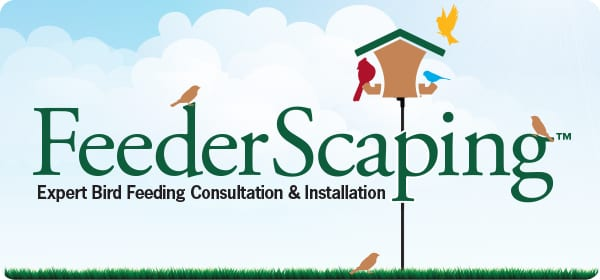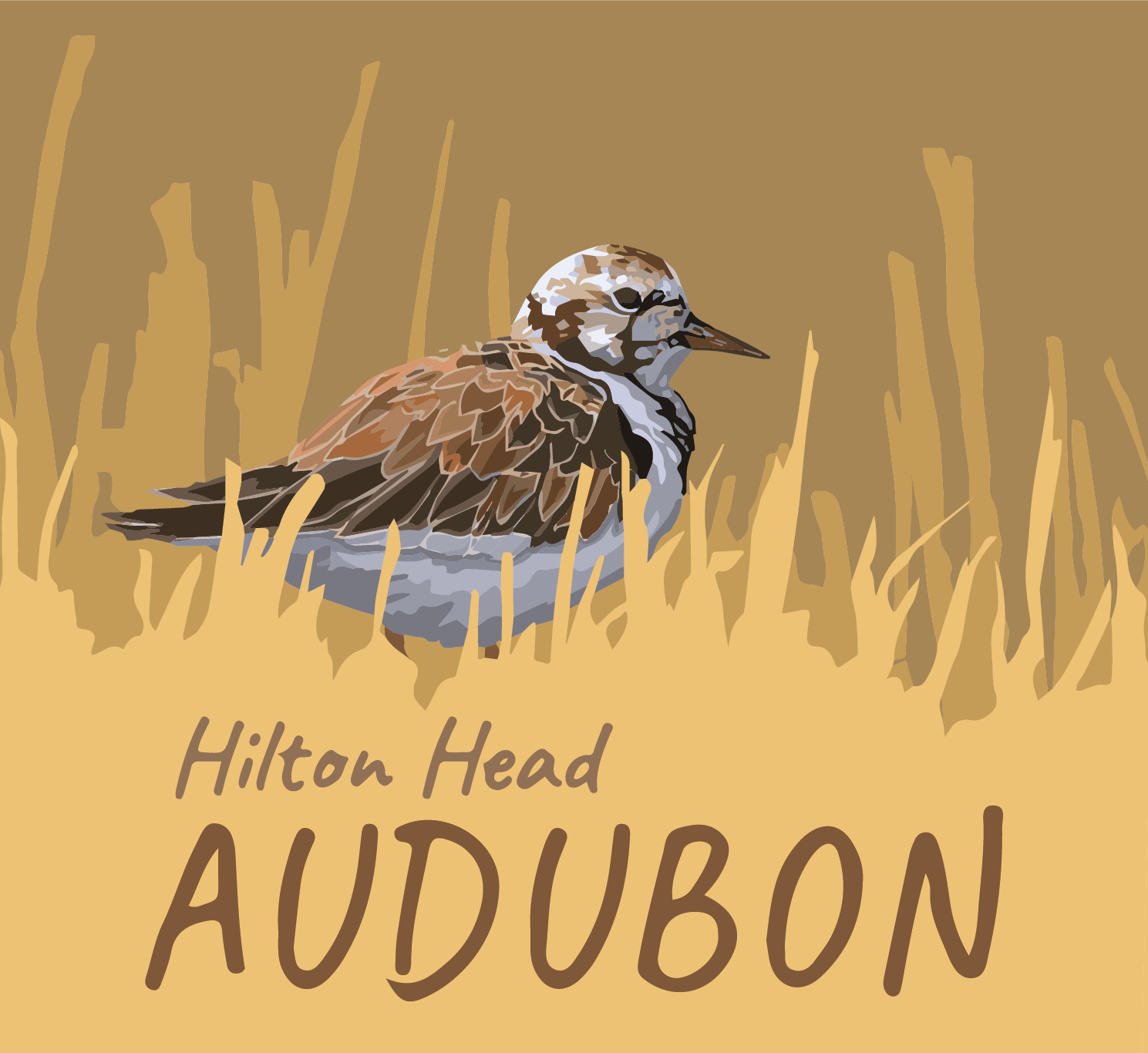Creating a Bird and Wildlife Friendly habitat supports local birds, pollinators and other wildlife in your garden – and it’s easier than you may think! Hilton Head Audubon has partnered with Wild Birds Unlimited™ to guide you through the process of designing a sustainable habitat for these creatures. This certification program has been created specifically for the South Carolina Low Country.
After your habitat is complete, you can apply to have your garden officially recognized as a Certified Bird and Wildlife Friendly Habitat, and we’ll send you a Certified Bird and Wildlife Friendly Habitat sign to proudly display in your garden. The $25 certification fee covers the application and sign purchase, and directly supports Hilton Head Audubon initiatives.
Certified Bird and Wildlife Friendly Habitat – Key Elements
To get started on a certified garden, here’s a handy checklist of key habitat elements:
Welcome Wildlife
- Add a wildlife water feature, like a bird bath or fountain.
- Plan your garden so that there is habitat for birds in every season.
- Adding native plants will also provide a good source of habitat and food for birds. A variety of plants will ensure food all year long. You can learn more about native plants of South Carolina at SCNPS.org and where to buy them at https://www.scwf.org/native-plants.
- Tuck in bird or bat nest boxes (for native species of course).
- Create other nesting habitat — a platform for osprey, swallow condos, niches for cavity nesters, etc.
- Attract pollinators and beneficial insects by including a native wildflower meadow, rock piles, bundles of branches, a mason bee house, etc. And/or add an apiary.
- Experiment with creative ways to reduce window collisions.
- Keep your kitty indoors, or in a cool “catio.”
Create a Climate for Resilience
- Include three to five different levels of vegetation (because “vertical diversity” will shelter more climate-stressed species).
- Limit or exclude exotic plants (because climate-stressed birds will be searching for a native buffet). Plants like the Chinese privet, Oriental bittersweet, or Nandina are examples of non-native plants that birds will be drawn to but won’t be good for them to feed on the plant’s berries.
- Add at least one canopy tree taller than 30 feet (because it’s not getting any cooler).
Be an Environmental Steward
- Nix pesticides, chemical fertilizers, and — heaven forbid — rodent poison.
- Conserve water by installing a rain barrel, limiting thirsty exotic plants, eliminating permanent irrigation, and watering new plants only in early morning or late evening (because drought’s on the agenda).
- Restore soils by composting kitchen waste and leaving clippings, leaves, downed wood, etc. (because healthy soils absorb or “sequester” carbon, actually reducing climate change).
- Reduce or eliminate outdoor lighting during bird migrations.
- Reduce use of plastic bags at grocery store, and instead bring your own tote

If you are starting from scratch, or unsure of how to accomplish this checklist, Wild Birds Unlimited™ can help with their FeederScaping™ program. They can visit your location and give you tailored advice on how to create the best habitat in your garden. Find out more today at https://www.wbu.com/feederscaping.

